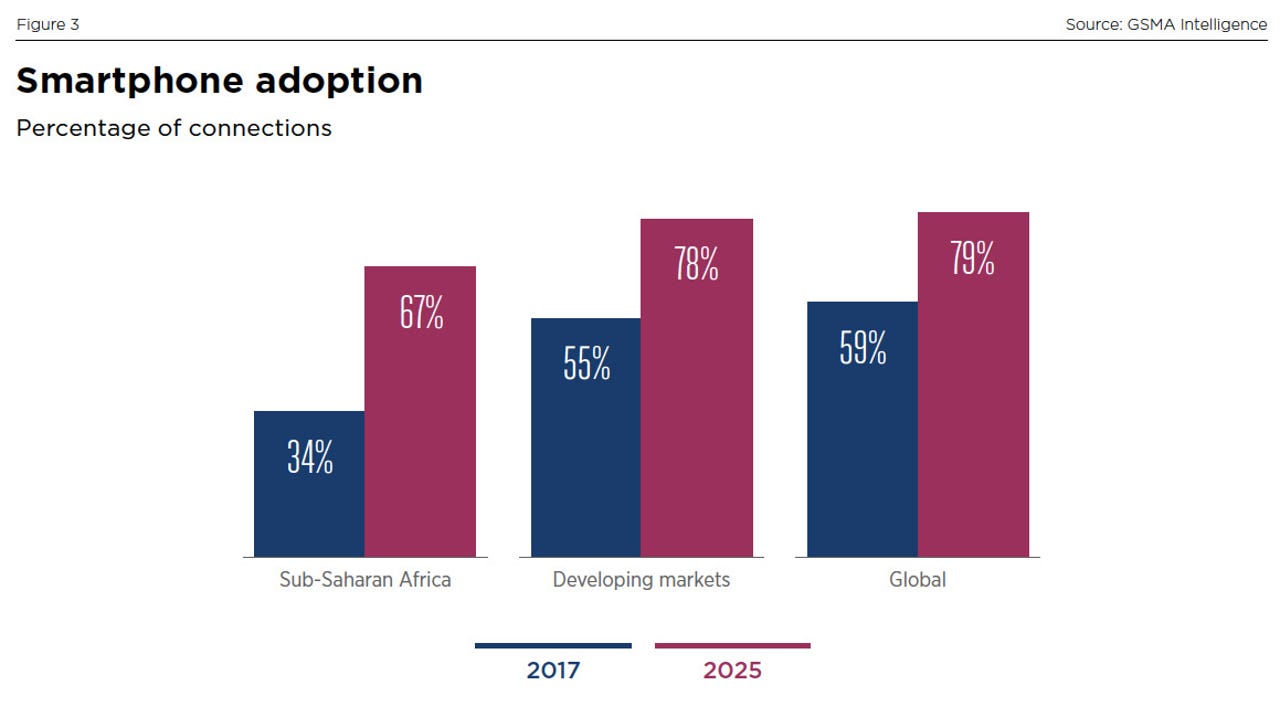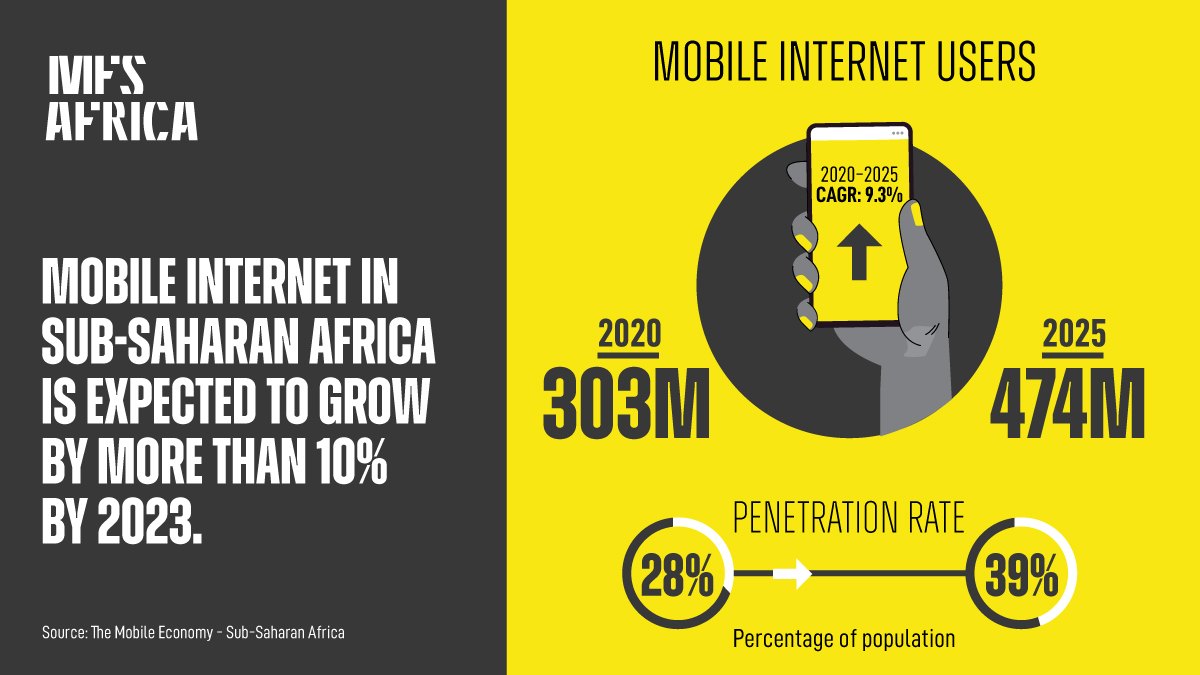Overview
- As of 2025, Africa is expected to have around 855 million mobile connections, with some countries seeing connections that exceed their populations—sometimes by over 200%—due to users owning multiple devices.
- In that same year, Africa will welcome approximately 120 million new subscribers, with Nigeria leading in mobile phone usage, followed by South Africa and Egypt.
In-Depth Analysis
Africa is undergoing a significant mobile transformation, as mobile phones are becoming vital for communication, economic empowerment, and digital innovation. In a region where conventional infrastructure often falls short, mobile technologies serve as an important equalizer, enhancing access to information, financial services, healthcare, and education.
The rise in mobile phone users throughout Africa is fueled by population growth, the availability of affordable smartphones, and the expansion of 4G and 5G networks. With over 1.3 billion inhabitants and limited capital infrastructure, mobile devices frequently serve as the primary means of communication. Moreover, Africa is at the forefront of mobile money innovations, particularly in East Africa, which is recognized globally.
Experts find it challenging to accurately determine the number of mobile users per country due to the commonality of individuals owning several devices and utilizing various networks. Therefore, using cellular mobile connections is a more reliable metric for assessing mobile phone usage and accessibility.
As observed in various rankings, certain countries report mobile connection rates that nearly double their populations, highlighting Africa’s extensive progress in internet accessibility. Below are the top 10 countries driving Africa’s mobile revolution through cellular connections.
10. Ghana
Ghana boasts one of the highest mobile penetration rates in West Africa, bolstered by regulatory support, the adoption of mobile finance, and increased smartphone availability. By the end of 2025, Ghana is expected to reach 38.3 million active cellular connections, exceeding its total population by 10%. This indicates that many users likely have several mobile connections, reflecting widespread phone usage across the nation.
9. Algeria
Algeria has a solid telecommunications foundation, with substantial investments in 4G and fiber optic technology. The government’s focus on digitalization has led to a rise in mobile platforms for services, including education. As of early 2025, Algeria recorded 54.8 million active cellular connections, which is about 116% of its total population.
8. Morocco
Morocco, with its urban population and stable telecom sector, is a significant contender. In 2025, it is estimated that there will be 54.9 million mobile connections in the country, indicating that many residents likely possess multiple devices, surpassing the population figure.

7. Kenya
Kenya is globally recognized as a hub for mobile innovation, particularly due to services like M-Pesa. With high smartphone usage and a youthful, tech-savvy population, mobile applications in Kenya extend beyond simple communication to include services in banking, health, and agriculture. By 2025, the country is anticipated to have 68.8 million active mobile connections, representing 121% of its total population. Furthermore, mobile penetration was recorded at 135.8% by September 2024.
6. Democratic Republic of Congo (DRC)
The DRC, with its vast population and increasing network coverage in remote regions, is on a path to become a mobile frontier. Operators like Airtel and Vodacom are heavily investing in infrastructure to accommodate rising demands. By early 2025, there were around 60.3 million active mobile connections in the DRC, making up about 54.3% of the country’s population.
5. Ethiopia
In early 2025, Ethiopia is expected to boast about 85.4 million active mobile connections, which accounts for 63.8% of its total population, according to DataReportal. This figure includes various services like voice calls and SMS, and may not fully encompass internet access. Notably, about 28.6 million people, or 21.3% of the population, were using the internet by early 2025.

4. Tanzania – Over 90 Million Mobile Users
Tanzania is projected to have around 90.4 million mobile subscriptions by 2025, a significant rise from 51.2 million in 2020. This surge is primarily driven by the growing adoption of mobile devices, especially smartphones, and improved mobile internet connectivity.
3. Egypt
Egypt leads North Africa’s mobile market, nearing saturation. A large number of users possess multiple SIM cards, supported by robust digital infrastructure and high smartphone adoption. By early 2025, Egypt is expected to have 116 million active cellular connections, representing 99.0% of its total population.
2. South Africa
In 2025, South Africa’s mobile landscape will include 124 million active cellular connections—193% of its total population. This suggests that many individuals have multiple connections. Additionally, 50.8 million South Africans were using the internet as of early 2025, which equates to roughly 78.9% of the population.
1. Nigeria
Nigeria, the most populous country in Africa, ranks first in mobile phone usage. With a population of over 230 million, Nigeria has seen explosive growth in mobile subscriptions, driven by advancements in 4G networks, affordable smartphones, and competitive telecom companies like MTN, Airtel, and Glo. By 2025, Nigeria is projected to have 150 million active cellular connections, reflecting 64% of its total population.

